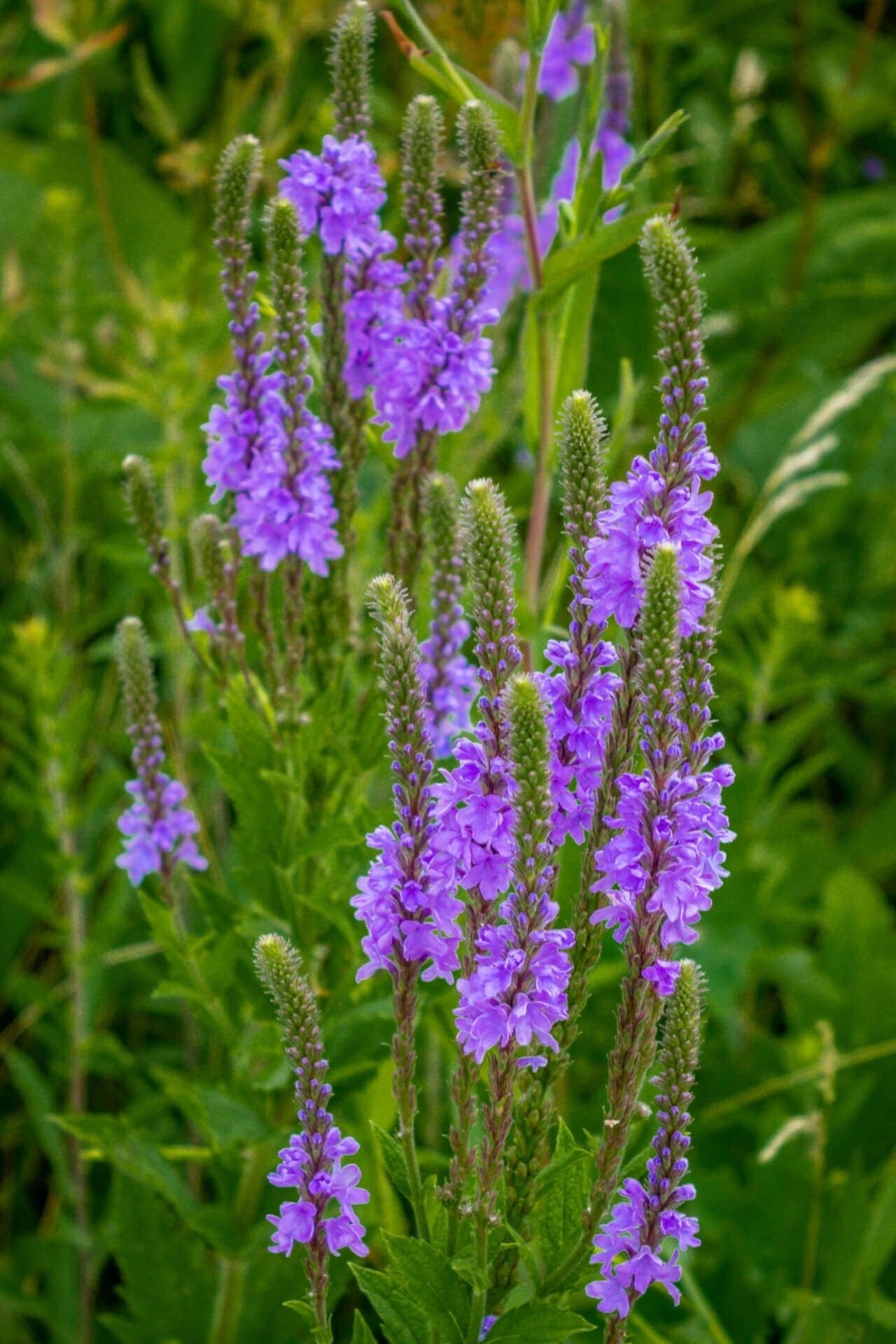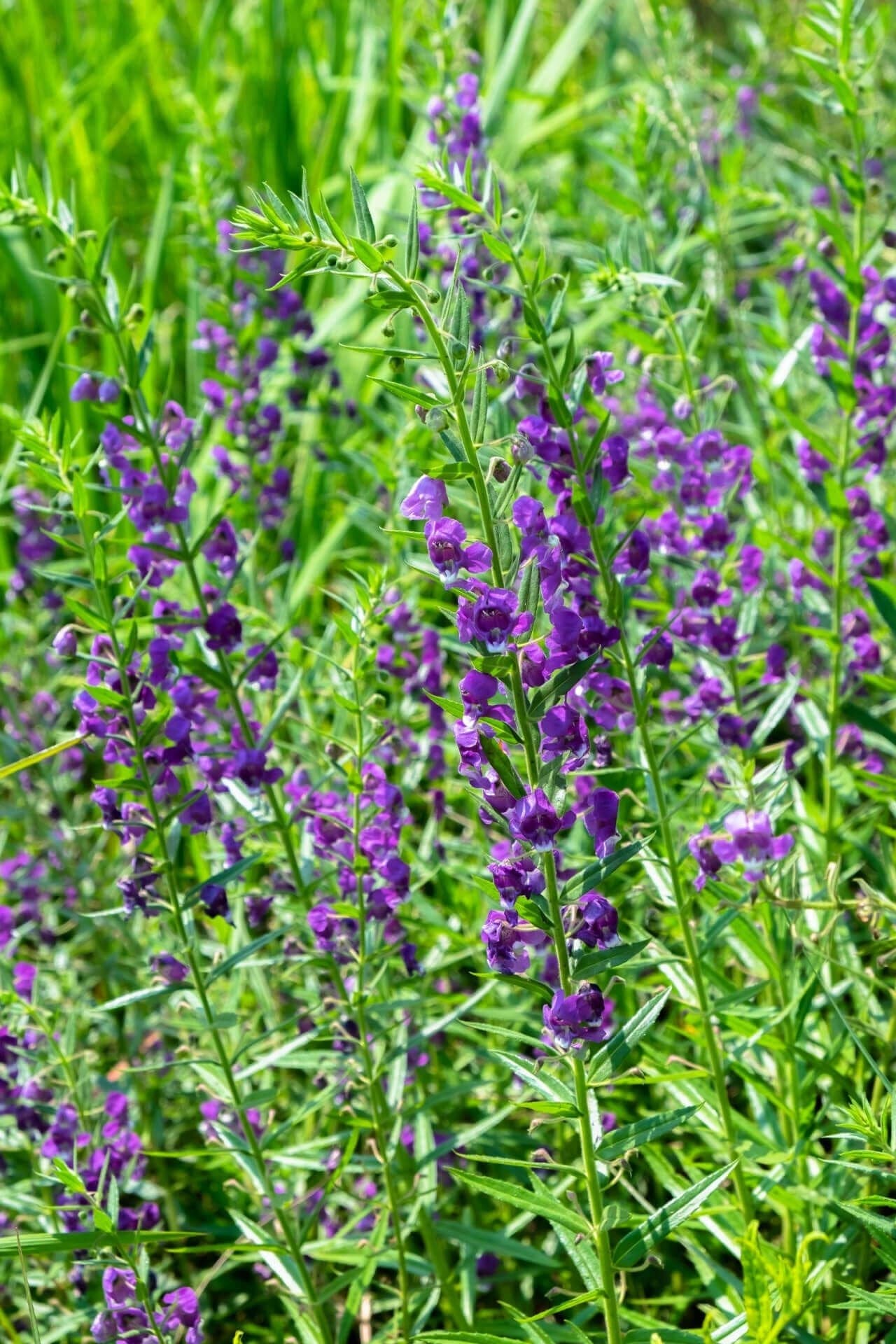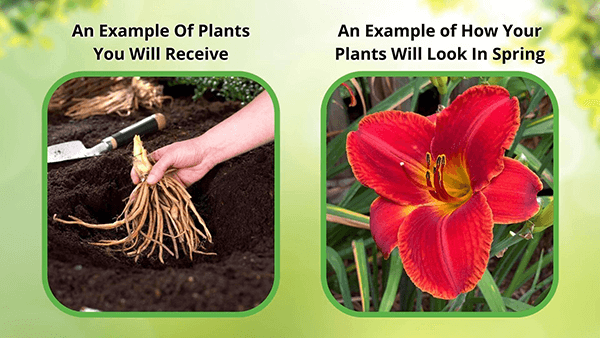Blue Vervain
Blue Vervain
| Order | Percentage Discount | ||
|---|---|---|---|
| 2-5 | 25% Off | ||
| 6-10 | 30% Off | ||
| 11-25 | 35% Off | ||
| 26-50 | 45% Off | ||
| 51+ | 65% Off | ||
Couldn't load pickup availability
5-7 Days
Over 12"
Sun or Shade
3-9
Flowering
Bare-root
Blue Vervain - Verbena Hastata
Blue Vervain is a perennial plant in the Verbenaceae family. It is native to North America and grows in moist meadows, prairies, and along riverbanks.
Appearance
It has a tall, slender stem that can grow up to 6 feet (1.8 meters) in height. The leaves are lance-shaped and toothed, and the flowers are small and blue-purple, arranged in spikes at the top of the stem. The plant blooms from July to September.
Blue Vervain's Uses
It is a beautiful plant that is native to North America and is often used for its medicinal properties. It grows well in moist to wet soils and is commonly found near bodies of water, such as ponds, streams, and wetlands.
Where To Plant
Choose a location that receives full to partial sun. It can tolerate some shade but will not grow as well in too shady areas. Look for a location that has moist to wet soil. It prefers consistently moist soils, so planting it near a water source is ideal. Make sure the soil is well-draining.
Consider planting it in a wildflower garden, pond, stream, or rain garden. These areas are ideal for the plant's growing conditions and will allow it to thrive. It is a beautiful and beneficial plant that can be a great addition to any garden or natural area with the right growing conditions.
Aesthetic
This is a flowering plant from the family Verbenaceae. It can grow wildly across North America but acclimates better to colder temperatures and doesn't do as well in areas with a significant number of days above the 86-degree mark.
For example, it's most suitable for growing in full sunlight near moist grassy meadows and water sources like rivers and streams. You can also find them along wet roadside ditches. It's notable for its easy identification of branch-like shoots tipped with bluish-purple leaves cropped short on the tips of the plant. The flowers peak and hit full bloom between July and September.
Pollinators Love Blue Vervain
Aesthetically, it is an excellent addition to rain and butterfly gardens. The flower attracts pollinators like bumblebees and hummingbirds. Hummingbirds eat seeds, which are a highly nutritious food source.
This Is How Your Plants Will Look upon Delivery
Bloom/Foliage Color
Blue
Shipping date depends on the date displayed and chosen when you order from the product's page.
We only accept returns on plants verified dead. If you think your plants have died, we offer a 1 year warranty, please use use this File a Claim Link to verify dead plants and start with return warranty process.



Fast shipping, fair price; good explanations… can’t wait






